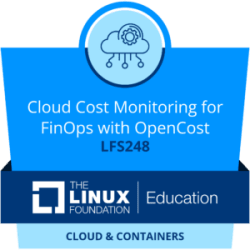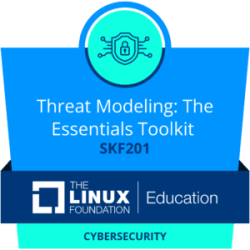Images
The course teaches the basics of Cilium and how it is used to connect, observe, and secure Kubernetes clusters, starting with the container networking challenges motivating the creation of Cilium, followed by the Cilium architecture and how it uses eBPF to address those challenges. The course also provides a step-by-step guide for installing and setting up Cilium as your CNI is included, enabling you to learn how to configure network policies to secure a network and how to use Hubble to observe network flows. Finally, the course provides hands-on experience using some of Cilium’s most popular features, such as support for L7 protocol-aware network policies, transparent encryption, and cluster mesh networking. By the end of this course, you will understand how Cilium and Hubble work and how they can be used to connect, observe, and secure your cloud native environments.
This course is designed for application developers, systems operators, and security professionals with an interest in learning how to use Cilium to better connect, observe, and secure Kubernetes. Learners should be familiar with basic Kubernetes concepts, Kubernetes operations and the kubectl tool.
Similar resources
The key to a successful open technology project is to ensure a neutral playing field for all developers, technologists, and companies to collectively contribute to project evolution and growth. The Linux Foundation was built on the idea of the democratization of code and scaling adoption, for all projects equally. Expert legal and governance support programs ensure everyone is on the same playing field.


Introduction to JavaScript Security (LFS184)

Security for Software Development Managers (LFD125)

Cloud Cost Monitoring for FinOps with OpenCost (LFS248)

Conversational AI: Ensuring Compliance and Mitigating Risks (LFS120)

WebAssembly Components: From Cloud to Edge (LFD134)














